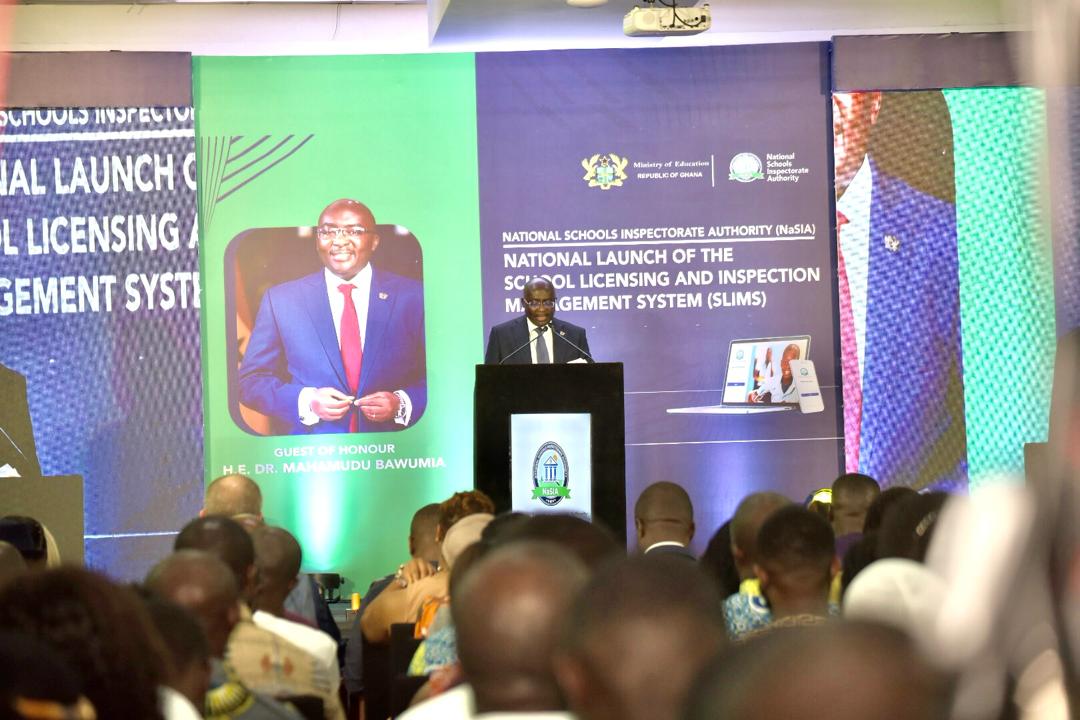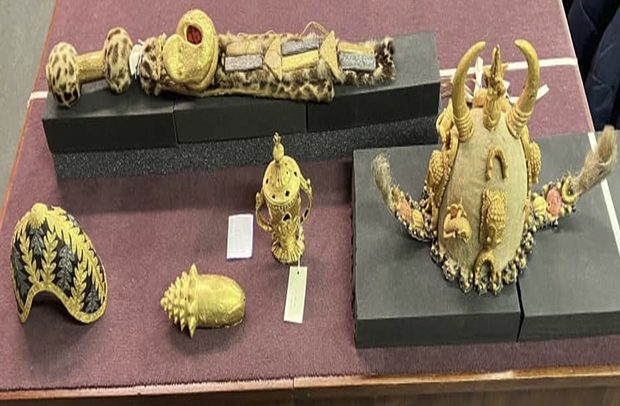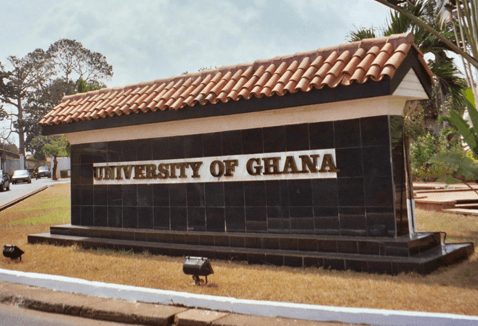
By Joshua ADAMU ([email protected])
When Ghana decided to overhaul its gold licensing framework under the new Ghana Gold Board Act, 2025, many in the industry thought the goal was simplicity. Instead, what we seem to be getting is a gold-plated version of the same old bureaucracy — more licences, more confusion, and more queues.
Before the Gold Board — or Goldbod, as it’s now called — there were just four main licences. The Minerals Commission issued two for export. One for small-scale miners, and the other for the more vertically integrated large-scale miners.
And the erstwhile Precious Minerals Marketing Company (PMMC) handled the other two: one for dealers (or traders) and one for refineries. It wasn’t a perfect system, but everyone knew who did what. Now, the new law introduces ten separate licences. Ten. For a country that wants to promote efficiency, this feels like a marathon of paperwork dressed up as reform.
The new list reads like something out of an administrative poem — Buying Licence, Refining Licence, Export Partnership Licence, Importation Licence, Transhipment Licence, Transportation Licence, Aggregation Licence, Storage Licence, Fabrication Licence… and that’s not even all. You begin to wonder if the next one will be for “Turning on the Lights Before You Smelt Gold.”
But jokes aside, there’s a serious issue here. The intention behind the Goldbod is sound — to regularize the trade, maximize ASM gold revenue repatriation, improve traceability, and make sure every ounce of gold is accounted for from mine to port. However, the way the licensing framework is structured risks doing the opposite. It creates too many compartments in a system that needs flow, not friction.
Let’s start with what actually happens in the real world. Gold doesn’t move in tidy straight lines. It passes through many hands — from miners to aggregators, from refiners to exporters — sometimes sitting briefly in storage, sometimes changing form through smelting or refining before it’s sold. No part of this process exists in isolation, yet the new framework seems to pretend it does.
A better approach would be to align licences with how gold actually travels through the value chain. We can group the entire post-mining industry into four big areas: trading, value addition, storage, and transportation. Each area could then have just two licence types — one for local activities and another for international operations. That’s all we need. Eight licences in total, each broad enough to work and specific enough to control.
Take the Local Gold Trader Licence, for example. It would allow a Ghanaian trader to buy from small-scale miners or local aggregators, smelt and assay gold on the spot, and even hold it briefly before resale. The keyword here is “briefly.” Storage in this context shouldn’t become a hidden vault business — anything beyond four weeks would require a proper storage licence. That’s how you create clarity without locking up enterprise.
Then there’s the International Gold Trader Licence — designed for those who import, export, or re-export gold. This licence would also allow smelting and spot assaying, but with a clear line drawn: international traders must never buy directly from miners. They can only buy from licensed local dealers or refineries. And every ounce of gold exported must follow a process flow and reporting mechanism prescribed by Goldbod, which is cognizant of international trade best practices. That simple rule alone would close many of the loopholes that currently allow gold to leak out of the country untraced.
The Gold Refinery Licence and Gold Fabrication Licence would together handle value addition. Refineries process and purify gold, while fabricators turn it into jewellery or industrial inputs. They should have clear rights to refine, cast, mint, hallmark, fabricate and store gold temporarily as applies to their operations scope, but they should also be subject to proper oversight so that raw doré gold doesn’t mysteriously disappear into bracelets and other forms before it’s accounted for.
For the storage side, we’d have the Bullion Storage Licence and the Private Bullion Ownership Licence. The first is for commercial-purpose vaults and custodians who hold gold for others — think of banks or secure facilities. The second is for individuals or companies who hold bullion privately, whether for investment or collection. But such private ownership should come with one sensible condition: a minimum holding period before resale. If gold is flipping hands every week under the guise of “private ownership,” that’s not investment — it’s trading in disguise. An eight-week minimum holding period would be fair and practical.
Finally, movement. Two licences are enough here: Gold Courier Licence for local transport under tight security and secure vehicles, and Gold Shipping Licence for international shipping, transit and transhipment. In simple terms, one covers moving gold within Ghana, and the other covers crossing borders. When we start adding categories like “Transhipment Licence” and “Transportation Licence” separately, we end up with overlaps and redundancies.
The beauty of this eight-licence system is that it not only simplifies administration but also reflects real industry logic. It recognizes that gold sometimes needs to sit a while — but not too long. That it sometimes needs to be smelted not just at the point of post-extraction processing, but right where trade happens—making a “Smelting Licence” redundant. And that, while each license category could comprise different scopes of operation, the most crucial factor is whether those operations are limited to the local market or not.
Then there’s the oddly named “Export Partnership Licence” in the new law. It sounds grand, but really, it’s just an export licence with lipstick. Every licensee is by definition a partner of the Goldbod — so why single out exporters? If the idea is to have different categories of exporters, let’s just be transparent about it and distinguish the variants by the scope of their licensure. Ghana doesn’t need flowery names to make regulation sound collaborative.
Export, import, and related terms can be understood in the context of international trade, where they mean selling to or buying from a foreign market. The same terms can be interpreted in the context of global shipping, in which case import refers to inbound shipping and export to outbound shipping. Clarifying the operational definitions of these terms within the local market is essential. This way, terminology such as export and re-export, as related to foreign trade, can be properly differentiated from terms like transhipping and transiting, which relate to cargo movement.
The gold industry doesn’t fear regulation — it fears confusion. And right now, the proposed system feels like a maze where every corner has a counter for yet another permit. Currently, we have Aggregators and then Self-financing Aggregators. We also have Tier-1 Buyers and Tier-2 Buyers. Each of these four licensees is a local gold trader with the right to buy from local miners for retail, yet each holds a distinct license. If the Goldbod truly wants to formalize the trade, the goal should be to make compliance easier, not more labyrinthine.
Regulation should never be a tollgate; it should be a guidepost. Ghana’s gold deserves a licensing regime that works as smoothly as the metal shines — lean, logical, and built for growth. After all, it’s not the number of licences that keeps the local gold market streamlined, but the clarity of the rules that govern them. Keep it simple and smart—KISS.
The post “Kiss-ing” gold licensing appeared first on The Business & Financial Times.
Read Full Story
























Facebook
Twitter
Pinterest
Instagram
Google+
YouTube
LinkedIn
RSS